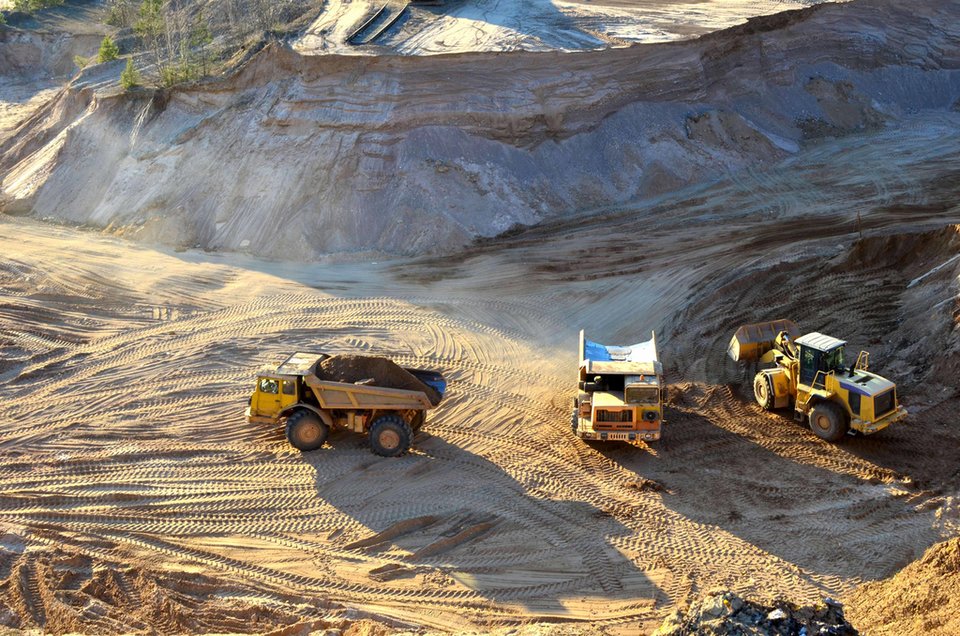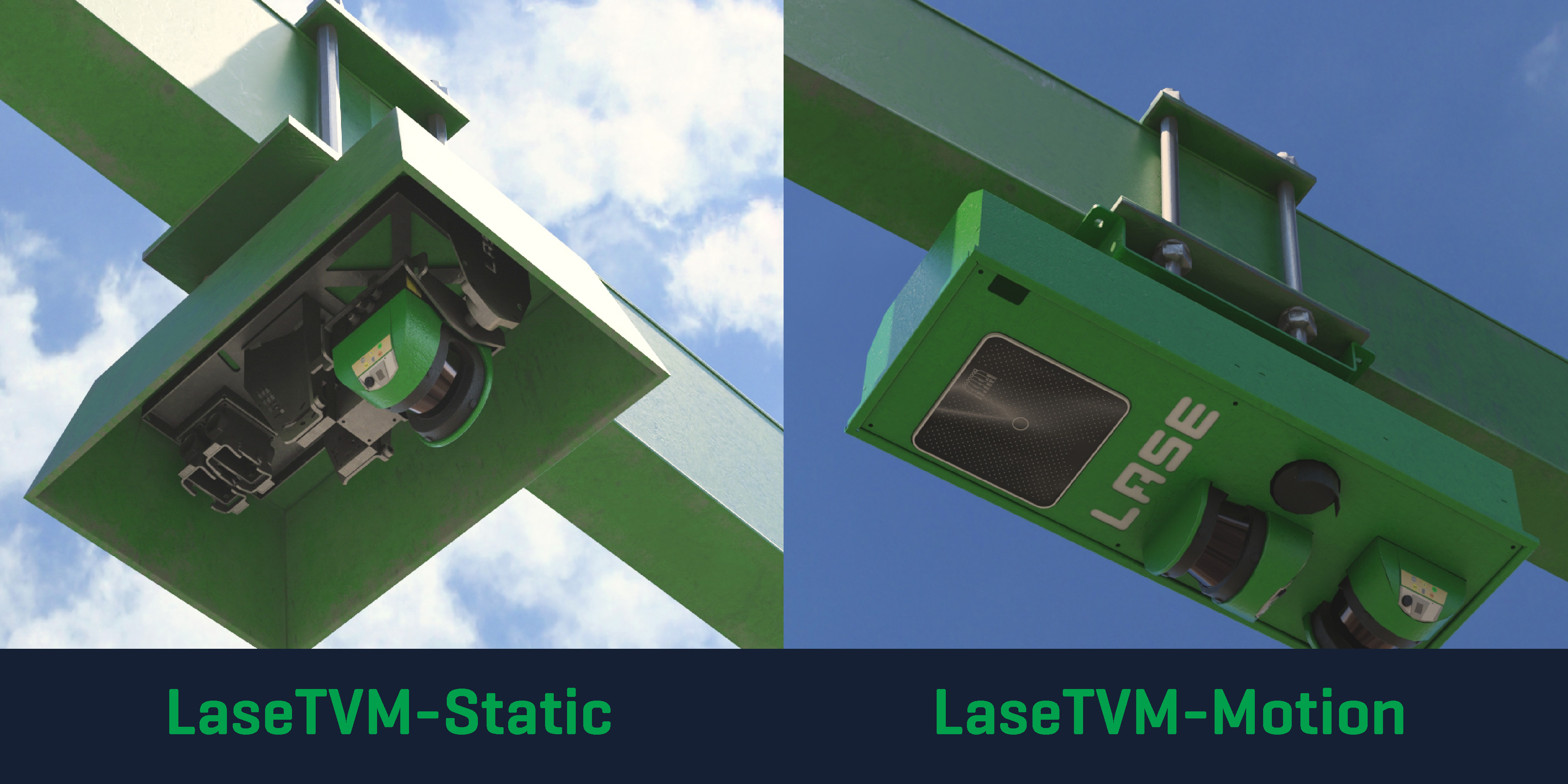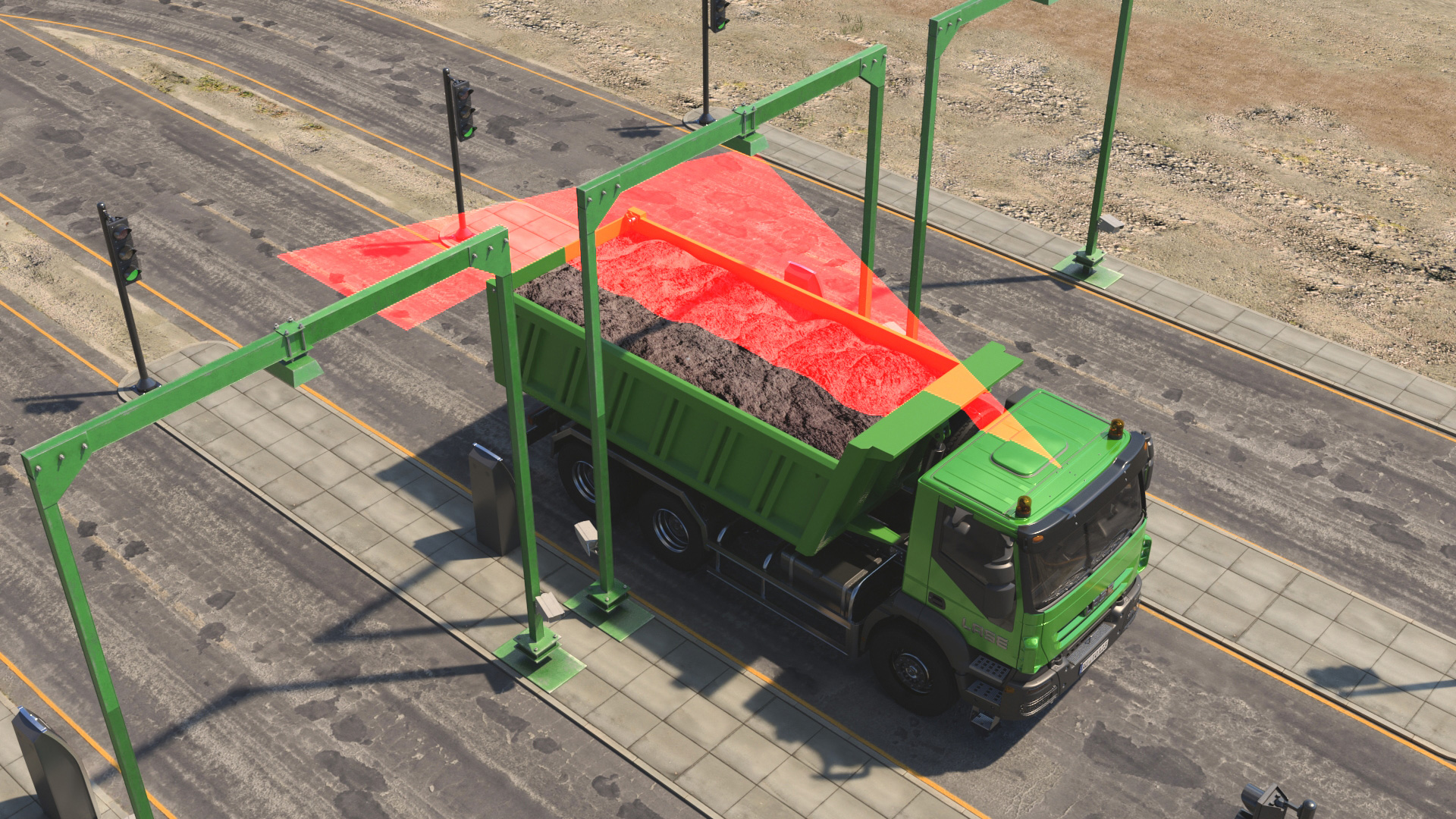COMPANY INSIGHT
Sponsored by LASE Australia
LASE Australia – global provider of industrial laser measurement technology
Appreciation of the effect of changing regulations enables mine operators to proactively assess and respond to their relative exposure. A proactive response enables the operator to retain control of change processes in advance of a regulatory direction enforcing the change, the resource demand and the timeframe.
By way of example, Aspect Environmental looks at the requirements of the NSW Mining Amendment (Standard Conditions of Mining Leases – Rehabilitation) Regulation 2020 and how operators can respond and retain process control.

L
ASE is a global player in the field of industrial laser measurement technology. Our solutions support the logistic processes of companies, they ensure the automatic handling of products and provide exact dimensional data of products and goods. The products are used in freight logistics, mining, the timber industry and many other areas. We are represented worldwide by our own offices or by cooperation partners.
LaseTVM-Line
The LaseTVM systems are high precision volumetric bulk material measurement systems for road trucks or mining trucks. The LaseTVM product family consists of the products LaseTVM-Static and LaseTVM-Motion. With the LaseTVM-S (Static) version, the truck bed is placed centrally underneath the sensor(s). A measurement is made while the truck is at a standstill. With the LaseTVM-M (Motion), the truck drives through the measuring system without stopping and the measurement is made in transit.
For both variants the laser scanners are installed above the driveway. The LaseTVM-S
variant uses a 3D laser scanner that generates a 3D profile of the loading area when the truck is at a standstill. With the LaseTVM-M variant, two 2D laser scanners are arranged 90° offset to each other - looking down. One 2D laser scanner measures the position of the measured object (truck with loading area) in the passage, the second 2D laser scanner generates a transverse profile (transverse to the direction of travel). By combining both sensor data, a 3D profile of the loading area is generated and the volume is calculated from this.
In both measuring systems it is necessary to do a measurement in empty and filled condition.
Both profiles are saved and then the calculation is performed, whereby the empty 3D profile is subtracted from the full 3D profile. The difference between the two volumes is the volume of the transported bulk material. A truck with one or also with two loading areas can be measured. With the LaseTVM-S variant, a second 3D laser scanner is required for this case.
Both product variants are available as a kit, whereby there is a basic kit with the sensors, cable set and the evaluation unit including power supply (in a control cabinet). In addition, there are various modules that can be optionally purchased. Module identification (number plate) With this module an OCR camera (OCR = Optical Character Recognition) is installed next to the driveway at the height of the number plates, from where the identity of the vehicle is recorded in the driveway or in the passageway.
Module Identification (RFID) For this, an RFID tag (Radio Frequency Identification) is attached to the vehicle. Next to or in the measuring head above the lane is the RFID reader, which records the identity of the vehicle in the driveway.

LaseTVM-3D-S (Static)
The LaseTVM-3D-S (Static) system is used for measurements when the truck is at a standstill. LASE3000D-C2-118 3D laser scanners are used for volume measurements while the truck is standing still. These high-precision sensors allow an exact measurement of the bulk material volume. The sensors send the 3D measurement data to an evaluation unit which runs the software for calculating the volume. The measuring system can consist of one or two sensors. Two sensors are required if the loading area is long or if a trailer is used.
The sensors are attached to a portal or a pillar with a jib, at a height of approx. 7 m. When the
truck is within the measuring area, the 3D profile measurement is performed. This takes about 10 s. The measurement is always made in two steps: an empty 3D profile measurement and a full 3D profile measurement. The difference between the two measurements is the volume of the bulk material. Several measuring stations can also work in combination. In this case there is a full and empty measurement at different locations. It is also possible to save the empty profiles of a vehicle, so that afterwards only the full measurements have to be taken. The browser-based commissioning tool enables commissioning and error analysis at the measuring station via a handheld device (mobile phone, tablet - the connection is via Wifi).

LaseTVM-3D-M (Motion)
The LaseTVM-3D-M (Motion) system is used for measurements of
trucks in transit. Two LASE2000D-118 2D laser scanners are used for dynamic volume measurement. These high-precision sensors allow an exact measurement of the bulk material volume.
The sensors send the measured data to an evaluation unit on which the software for
calculating the volume runs. The sensors are mounted on a portal or a pillar with a jib, at
a height of approx. 7 m. When the truck drives through the measuring portal, one 2D laser scanner is responsible for determining the position of the truck and the loading area and the second 2D laser scanner measures the profile of the vehicle at right angles to the direction of travel. By combining the two laser scanners’ measurement data, a 3D profile of the vehicles
is generated.
The measurement always takes place in two steps: an empty 3D profile measurement and a full 3D profile measurement. The difference between the two measurements is the volume of the bulk material. Several measuring stations can also work together. There is a full and empty measurement at different locations. It is also possible to save the empty profiles for a vehicle, so that only the full measurements have to be made afterwards.
Features of the LaseTVM-Line
- Precise volume measurement
- Automated process
- Management tool
- Reliable and non-manipulable
- Excellent price/performance ratio / fast return on investment
- Fair invoicing (good customer / supplier relationship

Why LaseTVM-Line
EXPERIENCE
30 years of experience in laser measurement technology for volumetric measurements in mining, steel, bulk material logistics, ports etc.
RELIABILITY
Reproducible, non-manipulable measurements, exclusion of the human error factor.
ACCURACY
Exact determination of volume, excludes inaccuracies due to material moisture.
Contact information
LASE Australia
Mob: +61 (0) 437 404 303
Web: www.lase.com.au
Email: m.jeffrey@lase.de